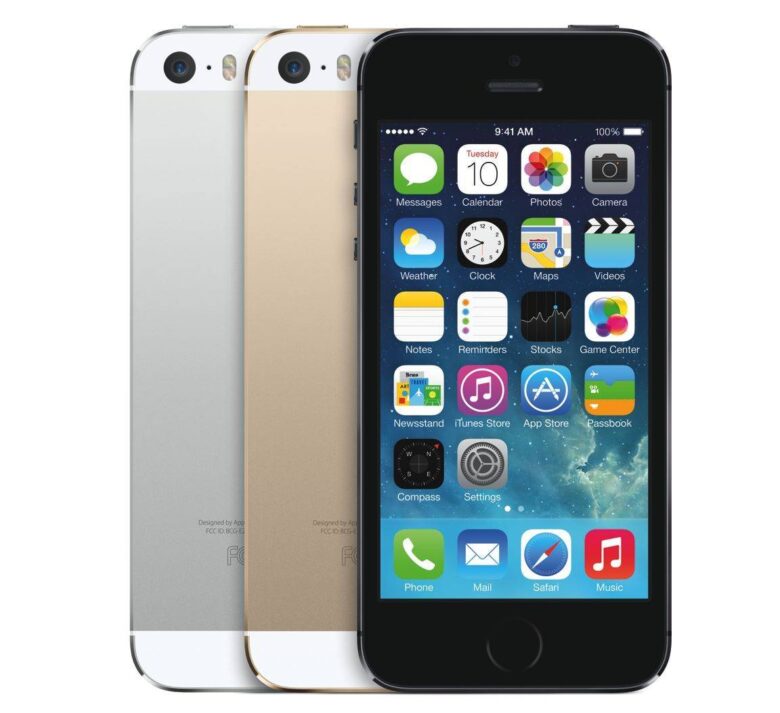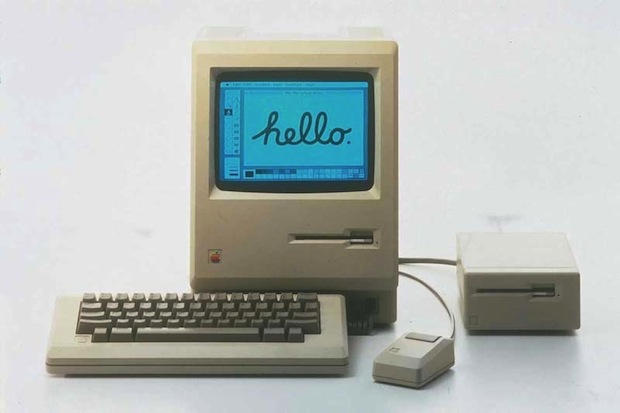 September 10, 1984: Apple ships the Macintosh 512K, the first upgrade to the first-gen Macintosh 128K.
September 10, 1984: Apple ships the Macintosh 512K, the first upgrade to the first-gen Macintosh 128K.
Coming less than eight months after the original Macintosh, the 512K Mac makes no sweeping changes to the computer’s form factor. Instead, the big upgrade is quadrupling the RAM. This leads Apple fans to refer to the computer as the “Fat Mac.”
Macintosh 512K appeals to more than early adopters
Apple had good reason to rush the 512K Mac to market, even though the first Mac actually exceeded Steve Jobs’ early sales forecasts. Apple sold 72,000 Macintosh 128K models in the first 100 days, rather than the expected 50,000. However, these buyers proved different from longer-term customers.
The first wave of Mac buyers — early adopter Apple loyalists — happily put up with an underpowered computer simply because of the excitement of owning a new product. After these customers bought their Macs, however, sales stalled. Apple needed an upgrade to address the first-gen Mac’s perceived failure regarding its lack of internal memory.
This perception hurt Apple, particularly when it came to cracking the business market, a sector dominated by IBM computers. Tools like Microsoft Excel, initially available only on the Macintosh, helped target businesses. However, Excel really needed a more powerful computer than the first-gen Macintosh to work optimally. The Mac’s RAM shortage also plagued many other third-party developers.
Fat Mac aims at the business market
Thanks to Mac engineer Andy Hertzfeld’s Switcher program, the Fat Mac could load up to four programs at once. It also could switch between them (what we now refer to as “multitasking“). The computer accomplished this by partitioning the 512K memory into four separate 128K modules.
A Fat Mac owner essentially got four computers in one, each running a single program. Prior to this, the only Apple computer that could handle multitasking was the business-focused Lisa.
Finally, the Mac 512K arrived on the market at around the same time as Apple’s LaserWriter printer. The groundbreaking laser printer helped make the case for the Macintosh as a serious business computer.
Apple’s business-centric approach didn’t entirely work as a strategy. However, for those who used it, the Fat Mac was a great Macintosh — albeit one that couldn’t be upgraded any more than the first-gen model could.
The Fat Mac sold for $3,195, making it around $700 pricier than the Macintosh 128K. Apple replaced it a couple of years later with the Macintosh 512Ke, which upgraded the 400K disk drive of the first two Macintosh computers with one that supported 800K floppies.
Did you own a Macintosh 512K? What was the first Macintosh you owned? Leave your comments below.
Also on this day in Apple history

Photo: Apple
iPhone 5s and 5c debut, and bring Touch ID along for the ride
September 10, 2013: The iPhone 5s debuts, bringing the Touch ID security system to Apple devices for the first time.
“iPhone 5s is the most forward-thinking smartphone in the world, delivering desktop class architecture in the palm of your hand,” says Phil Schiller, Apple’s senior vice president of worldwide marketing, in a press release. “iPhone 5s sets a new standard for smartphones, packed into its beautiful and refined design are breakthrough features that really matter to people, like Touch ID, a simple and secure way to unlock your phone with just a touch of your finger.”
The new Touch ID sensor, built into the phone’s redesigned sapphire crystal Home button, authenticates device passwords and iTunes Store purchases at first. But a year later, with the launch of Apple Pay and the iPhone 6, the new biometric security system will expand to mobile payments.

Photo: Apple
Alongside the 5s, which came in sophisticated gold, silver and space gray colors, Apple launched the budget-oriented iPhone 5c. Constructed of steel-reinforced polycarbonate, the device came in vibrant colors — white, green, blue, red and yellow — and started at just $99 with a carrier contract.
The iPhone 5s will go on to become the most popular smartphone on the planet. (Some people lined up to buy them even before Apple’s announcement, after all.) The iPhone 5c, on the other hand, will generally be perceived as a rare flop for Apple. However, it still outsold Samsung’s flagship Galaxy S5.


